-
 bitcoin
bitcoin $114684.631706 USD
-0.87% -
 ethereum
ethereum $4228.677447 USD
1.58% -
 bnb
bnb $1294.880693 USD
-1.16% -
 tether
tether $1.000819 USD
-0.02% -
 xrp
xrp $2.605138 USD
2.79% -
 solana
solana $209.908690 USD
5.89% -
 usd-coin
usd-coin $0.999903 USD
-0.03% -
 dogecoin
dogecoin $0.213423 USD
2.93% -
 tron
tron $0.322721 USD
-0.10% -
 cardano
cardano $0.727247 USD
3.66% -
 hyperliquid
hyperliquid $42.339456 USD
6.05% -
 chainlink
chainlink $19.910811 USD
5.16% -
 ethena-usde
ethena-usde $1.000557 USD
0.00% -
 stellar
stellar $0.349734 USD
2.69% -
 bitcoin-cash
bitcoin-cash $543.848687 USD
-0.21%
What is a blockchain explorer like Etherscan?
Blockchain explorers like Etherscan enable transparent, real-time tracking of transactions, contracts, and wallet activity across networks, enhancing trust and security in decentralized ecosystems.
Oct 11, 2025 at 08:00 pm
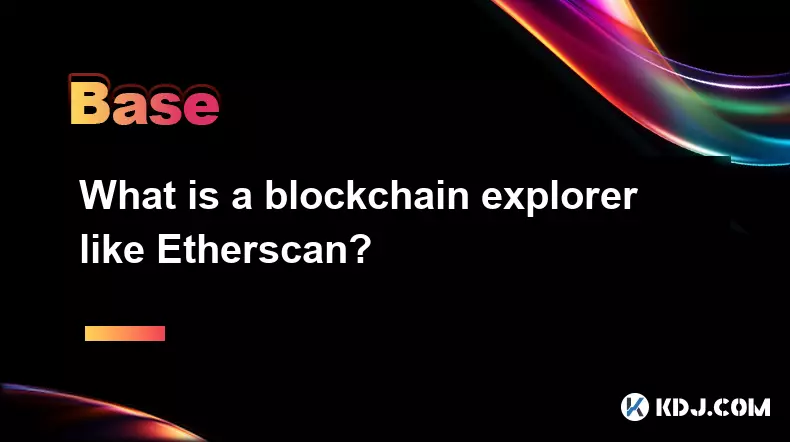
Understanding Blockchain Explorers
1. A blockchain explorer is a web-based tool that allows users to search and navigate through the data stored on a blockchain. It functions similarly to a search engine for blockchain transactions, addresses, blocks, and smart contracts. Etherscan is one of the most widely used explorers for the Ethereum network, providing real-time access to transaction history, wallet balances, and contract interactions.
2. Users can input a wallet address into Etherscan to view its complete transaction record, including incoming and outgoing transfers, gas fees paid, and interaction with decentralized applications (dApps). This transparency is central to blockchain technology, enabling anyone to verify activity without relying on a centralized authority.
3. The explorer also displays detailed information about each block, such as the timestamp, miner who validated it, number of transactions included, and the total gas consumed. This level of granularity supports auditability and helps developers debug issues in dApp behavior or transaction failures.
4. Smart contract verification is another key feature. Developers can submit their contract source code to Etherscan, which then compiles and matches it against the deployed bytecode. Once verified, users can read the contract’s functions, view its ABI, and interact with it directly through the explorer interface.
5. Blockchain explorers play a vital role in maintaining trust within decentralized ecosystems by offering public, immutable records of all on-chain activity. They are indispensable tools for traders, auditors, developers, and researchers analyzing network trends or investigating suspicious transactions.
Key Features of Etherscan
1. Etherscan provides real-time tracking of pending transactions, allowing users to monitor confirmation status and estimated processing time based on current network congestion. This is particularly useful during periods of high activity when gas prices fluctuate rapidly.
2. The token tracker feature enables users to explore ERC-20, ERC-721, and other token standards deployed on Ethereum. Each token page shows total supply, holder distribution, transfer volume, and recent movements, helping investors assess liquidity and concentration risks.
3. Etherscan's gas tracker displays current, average, and suggested gas prices in Gwei, empowering users to optimize transaction costs. Advanced users can even set up custom alerts for specific gas thresholds to execute transactions at favorable rates.
4. The platform includes an API that developers can integrate into their own applications for fetching balance data, monitoring contract events, or triggering actions based on on-chain triggers. This extends Etherscan’s utility beyond simple browsing into automated systems and analytics dashboards.
5. Etherscan supports multiple layers and sidechains, including Polygon, Binance Smart Chain, and Arbitrum, offering cross-chain visibility. Users can switch between networks within the same interface to track assets across different environments using compatible wallet addresses.
Security and Analytical Use Cases
1. Security researchers use blockchain explorers to trace illicit fund flows, identify phishing wallets, and analyze scam patterns. By examining transaction graphs, they can uncover links between seemingly unrelated addresses involved in rug pulls or Ponzi schemes.
2. On-chain analysts leverage Etherscan to study whale movements, detect large swaps or liquidity additions, and interpret market sentiment based on behavioral signals. These insights inform trading strategies and risk assessments in the crypto markets.
3. Auditors rely on verified contract code and event logs accessible via Etherscan to validate the integrity of DeFi protocols. They cross-reference deployment addresses with official repositories to ensure users are interacting with authentic contracts and not impersonated versions.
4. During incidents like failed transactions or lost funds, users can inspect error messages and revert reasons displayed in Etherscan’s transaction details. This diagnostic capability helps determine whether an issue stemmed from insufficient gas, logic errors, or malicious contract behavior.
5. The ability to publicly scrutinize every transaction enhances accountability and reduces fraud opportunities in decentralized finance and NFT markets. Projects promoting transparency often encourage users to verify critical operations directly on Etherscan.
Frequently Asked Questions
How do I check if a transaction has been confirmed?Enter the transaction hash (TXID) into Etherscan’s search bar. The result will show the status—“Success” indicates confirmation, while “Pending” means it’s still waiting to be included in a block.
Can I see internal transactions between smart contracts?Yes. Etherscan lists internal transactions under the “Internal Txns” tab of an address. These are value transfers triggered by contract execution rather than direct user-initiated transfers.
Is Etherscan safe to use for checking wallet balances?Yes. Simply viewing public data on Etherscan does not compromise your private keys. However, never enter your seed phrase or connect your wallet unless you are certain of the website’s authenticity.
Why might a transaction remain pending for a long time?Low gas fees relative to network demand can delay inclusion in a block. Users can speed up stuck transactions by replacing them with a higher gas price, visible and manageable through Etherscan’s interface.
Disclaimer:info@kdj.com
The information provided is not trading advice. kdj.com does not assume any responsibility for any investments made based on the information provided in this article. Cryptocurrencies are highly volatile and it is highly recommended that you invest with caution after thorough research!
If you believe that the content used on this website infringes your copyright, please contact us immediately (info@kdj.com) and we will delete it promptly.
- XRP Price Prediction: Weekend Rollercoaster or Rally?
- 2025-10-12 08:45:16
- Bittensor (TAO): Super Bullish Signals Point to Potential 2x Rally
- 2025-10-11 10:25:12
- Silver Price Correction: Navigating the Dip & Identifying Key SEO Keywords
- 2025-10-11 10:25:12
- Decoding Crypto Trends: Bittensor's Bull Run, Cardano's Dip, and LivLive's Presale Buzz in 'Uptober 2025'
- 2025-10-12 08:45:16
- MoonBull: The Crypto Meme Coin Promising 1000x Gains?
- 2025-10-11 10:30:01
- Crypto Payroll Revolution: Stablecoins, Altcoins, and the Future of Salary Payments
- 2025-10-11 10:30:01
Related knowledge

How do decentralized identity (DID) solutions work?
Oct 14,2025 at 11:36pm
Understanding Decentralized Identity in the Blockchain Ecosystem1. Decentralized identity (DID) solutions are built on blockchain networks, allowing i...

What does it mean for code to be "open source" in crypto?
Oct 12,2025 at 01:54pm
Understanding Open Source in the Cryptocurrency Ecosystem1. In the context of cryptocurrency, open source refers to software whose code is publicly ac...

What is the purpose of a "testnet"?
Oct 12,2025 at 09:01am
Understanding the Role of Testnets in Blockchain Development1. A testnet serves as a parallel version of a blockchain network, designed specifically f...

How to avoid phishing scams in crypto?
Oct 13,2025 at 06:18pm
Understanding Common Crypto Phishing Tactics1. Cybercriminals frequently use fake websites that mirror legitimate crypto exchanges or wallet platforms...

What is the difference between single-collateral and multi-collateral Dai?
Oct 12,2025 at 05:18pm
Understanding Single-Collateral Dai1. Single-Collateral Dai (SCD) was the original version of the Dai stablecoin launched by MakerDAO in 2017. It allo...
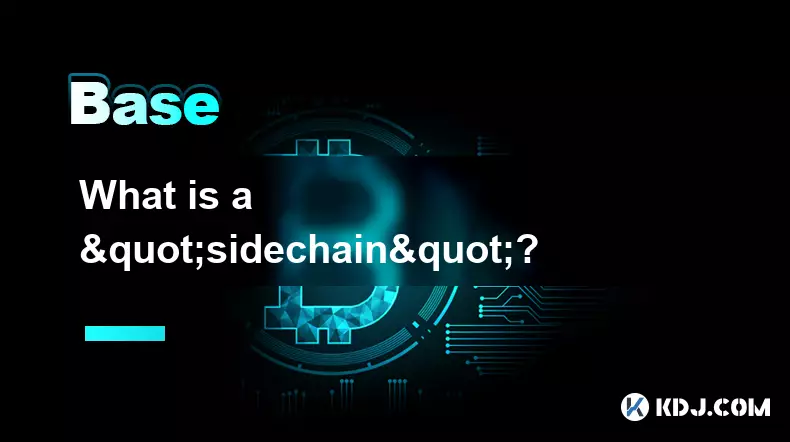
What is a "sidechain"?
Oct 13,2025 at 02:36pm
Understanding the Concept of Sidechains1. A sidechain is a blockchain that operates independently but is connected to another blockchain, known as the...

How do decentralized identity (DID) solutions work?
Oct 14,2025 at 11:36pm
Understanding Decentralized Identity in the Blockchain Ecosystem1. Decentralized identity (DID) solutions are built on blockchain networks, allowing i...

What does it mean for code to be "open source" in crypto?
Oct 12,2025 at 01:54pm
Understanding Open Source in the Cryptocurrency Ecosystem1. In the context of cryptocurrency, open source refers to software whose code is publicly ac...

What is the purpose of a "testnet"?
Oct 12,2025 at 09:01am
Understanding the Role of Testnets in Blockchain Development1. A testnet serves as a parallel version of a blockchain network, designed specifically f...

How to avoid phishing scams in crypto?
Oct 13,2025 at 06:18pm
Understanding Common Crypto Phishing Tactics1. Cybercriminals frequently use fake websites that mirror legitimate crypto exchanges or wallet platforms...

What is the difference between single-collateral and multi-collateral Dai?
Oct 12,2025 at 05:18pm
Understanding Single-Collateral Dai1. Single-Collateral Dai (SCD) was the original version of the Dai stablecoin launched by MakerDAO in 2017. It allo...

What is a "sidechain"?
Oct 13,2025 at 02:36pm
Understanding the Concept of Sidechains1. A sidechain is a blockchain that operates independently but is connected to another blockchain, known as the...
See all articles


















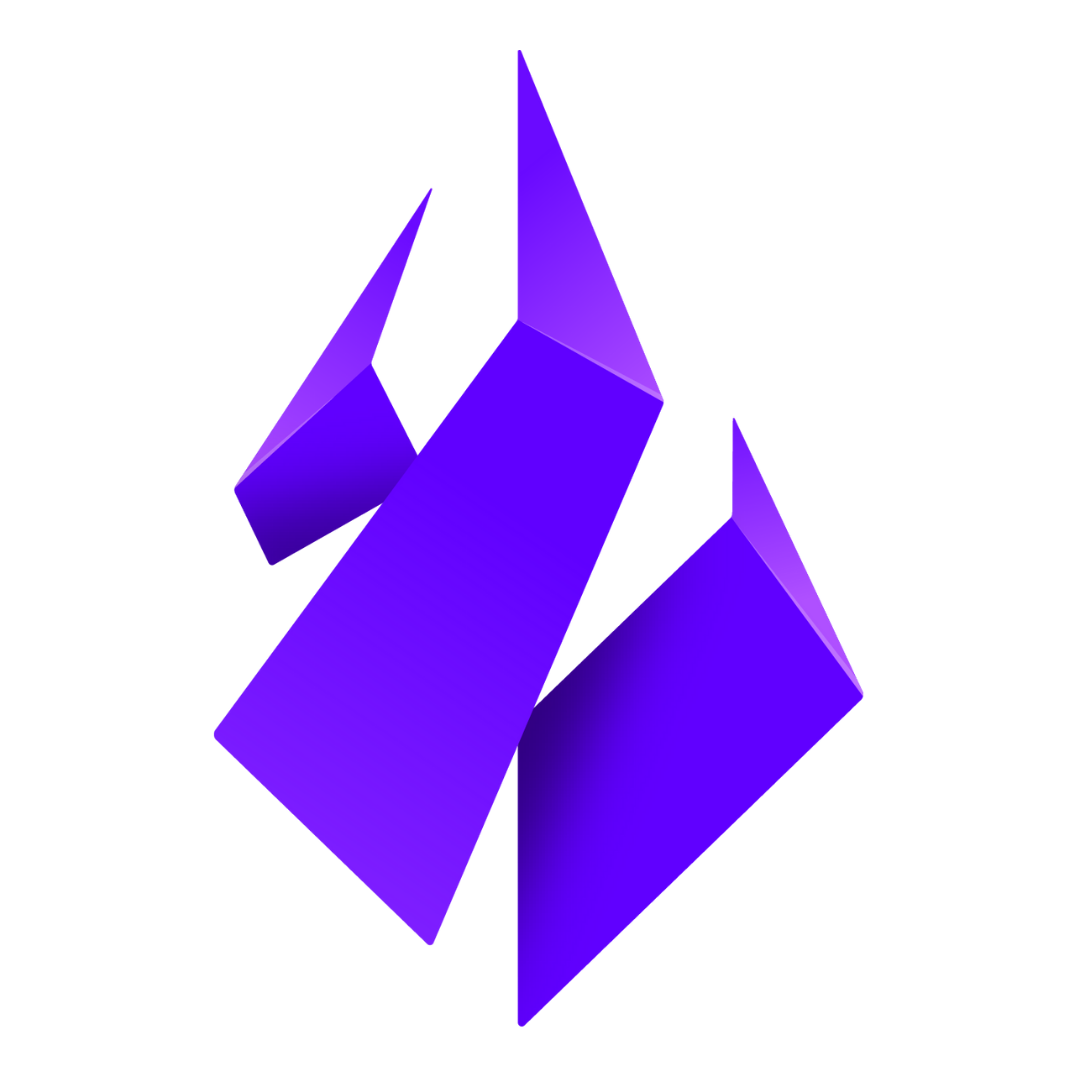


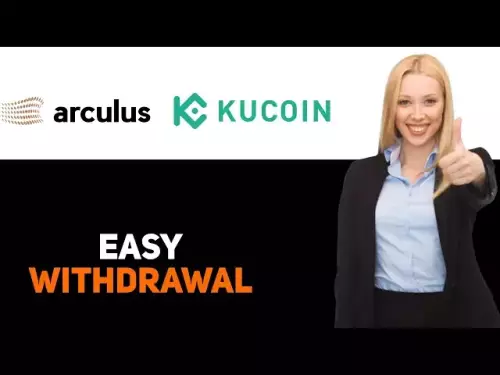

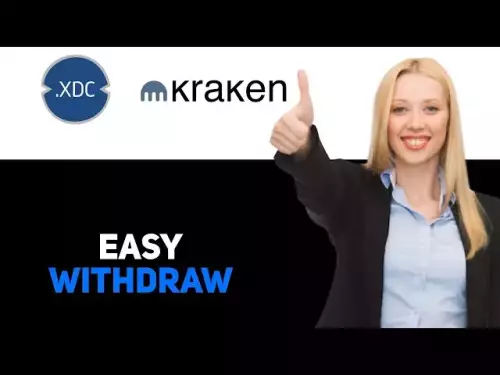
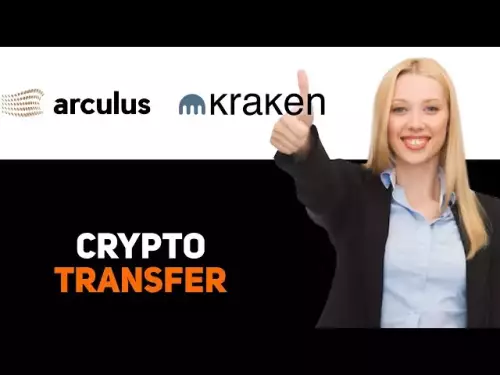
![[4K 60fps] Prisma by novichokk (1 Coin) [4K 60fps] Prisma by novichokk (1 Coin)](/uploads/2025/10/14/cryptocurrencies-news/videos/k-fps-prisma-novichokk-coin/68ee49804ba00_image_500_375.webp)
















































